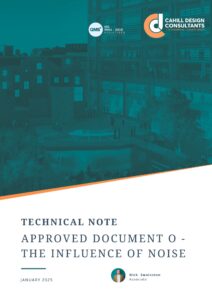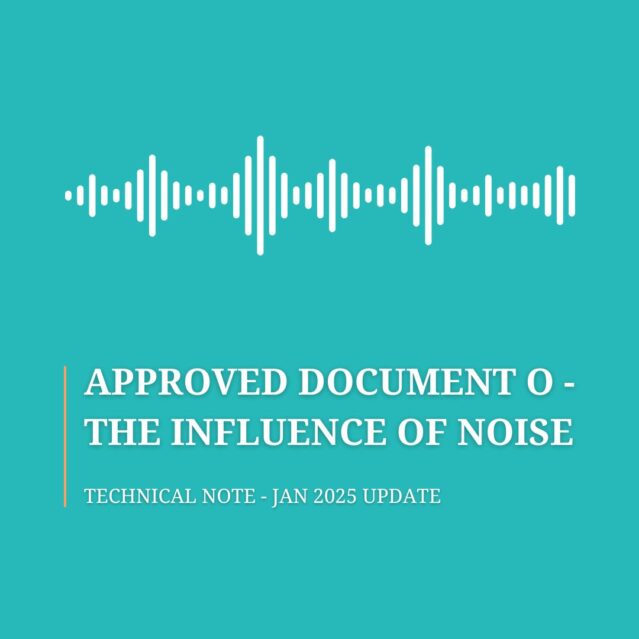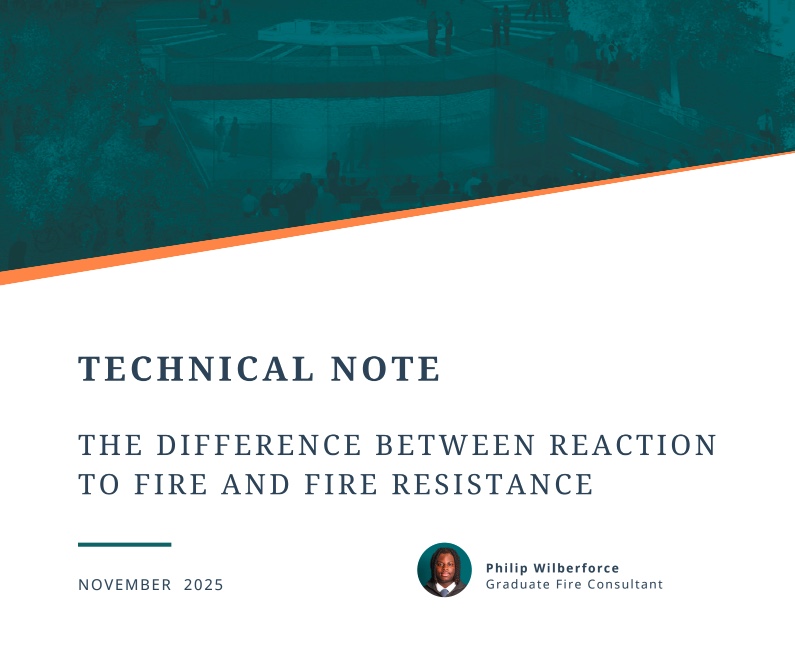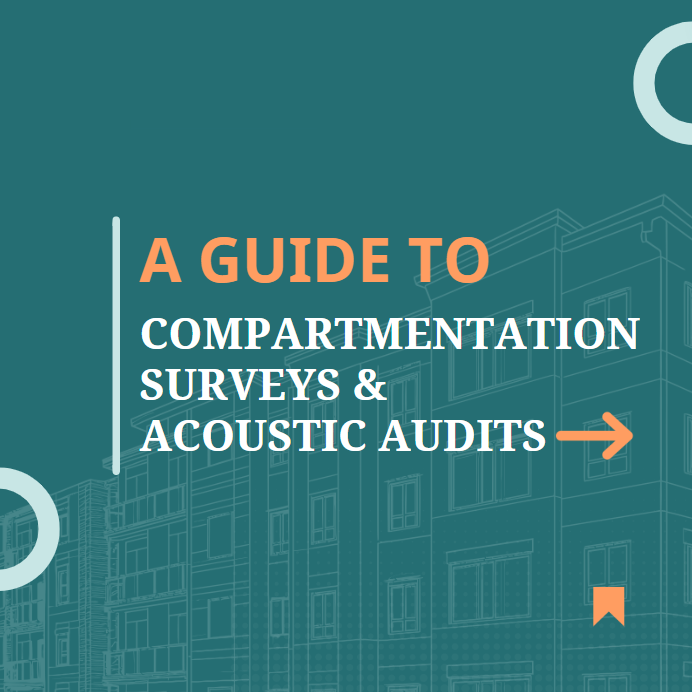January 2025 Update

Nick Swainston – Associate Acoustic Consultant, Cahill Design Consultants
Introduction
Approved Document O (AD-O) of the UK building regulations deals with overheating in domestic dwellings and residential properties such as care homes and student accommodation. Statutory guidance on this new building regulation has been laid out within the newly approved document and came into effect on 15 June 2022.
Noise constraints are an important factor when considering strategies to mitigate overheating. It’s simple to understand that large openings in the facade of a building to mitigate overheating conditions have the potential to increase internal ambient noise levels inside bedroom accommodation.
Developers can use one of two methods to show compliance with the document:
The Simplified Method and the Dynamic Thermal Method.
The Simplified Method
The simplified method seeks to limit glazed areas. AD-O sets out tables that establish a maximum amount of glazing and a minimum free area for ventilation in the external facade relative to the total floor area of the accommodation and the building’s overheating risk category.
To follow the simplified method, the building’s overheating risk category is determined by its location in one of the following areas.
- ‘Moderate risk’ location – England, excluding high-risk parts of London
- ‘High risk’ location – urban and some suburban parts of London
Allowable façade open free areas are lower for high-risk locations. This is to mitigate the potential for noise issues in urban areas. It is expected that the simplified method will only be possible where the road traffic is not close to the building, and the number of vehicle movements at night is limited.
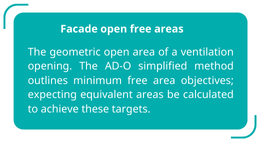
The Dynamic Model
The Dynamic Thermal Model is expected to be the route to compliance followed by most developments because the assessment provides more flexibility in how a building design can be developed to prevent overheating.
Sections 3.2 & 3.3 regarding noise in AD-O make it clear that the strategy used to prevent overheating must be usable. The documents set limits on the internal ambient noise levels in bedrooms to prevent nighttime sleep disturbance which is known to have a proven negative effect on the health and wellbeing of individuals.
The document confirms the expectations that windows are likely to be closed during sleeping hours if noise within bedrooms exceeds either of the following limits.
a. 40dB LAeq,T averaged over 8 hours (between 11pm and 7am).
b. 55dB LAFmax more than 10 times a night (between 11 pm and 7 am).
The Dynamic Thermal Model in urban areas needs to take into account the likelihood that windows will be closed during sleeping hours (11 pm to 7 am). Restricted window openings are an approach that could be considered but the associated reduction in the equivalent open area must be accounted for in the overheating assessment.
Noise Values
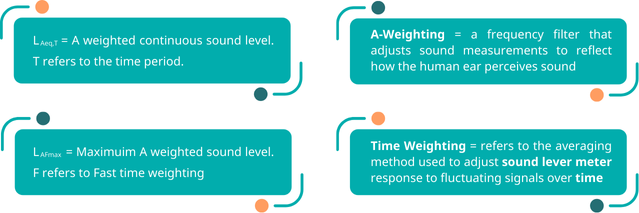
Facade Design
The facade design of the domestic dwellings and residential buildings is likely to be impacted by the overheating strategy. It is, therefore, necessary to understand risks and solutions associated with noise early in the design process, certainly well before any planning application is made.
The regulations require the exploration of all passive means (inc. using mechanical ventilation to remove heat) before opting for air conditioning. The following hierarchical approach to removing excess heat is recommended in the regulation:
- Opening windows
- Ventilation louvres in external walls
- A mechanical ventilation system
- A mechanical cooling system
Appointing an acoustic specialist to complete a risk assessment at an early stage in the design will be fundamental to informing the building design. The work required will help to define what overheating strategy is possible and will importantly feed into the cost of construction and land viability.
New Document O Noise guide by the ANC
The ANC have published a guidance manual to accompany AD-O.
The document indicates methods for acousticians to use the effective area in acoustic calculations. It is step forward in helping Thermal Modellers and Acousticians to work together to meet the requirements of ADO.
This proposal allows:
1. Accurate Representation of Airflow Capacity
2. Alignment with Noise and Thermal Models
3. Consistency with Building Regulations
4. Better Coordination in Design with Thermal Engineers
Summary
The design philosophy set out in Approved Document O is clear, and the solutions proposed must control overheating and be usable. Internal ambient and maximum noise levels must be controlled to acceptable levels that will not affect the health and wellbeing of the building occupants.
CDC can help by providing an early-stage risk assessment relating to noise at the proposed development site. This will aid the design process and lead to a developed solution before committing the facade of the building to planning.
Download
Download our Technical Note for reference
About the Author
Nick is Principal Acoustic Consultant at CDC. He has over 18 years of experience in the assessment of acoustics and vibration issues, including the specification of noise & vibration solutions.
He has work extensively in the many sectors developing a detailed understanding of the acoustic issues related to education, residential, and healthcare buildings along with the leisure live music industry. Nick also has special interest in modern methods of construction having worked projects employing several new building systems in recent times.
Nick is a Corporate Member of the Institute of Acoustics (MIOA) and studied acoustics at South Bank University in London.

